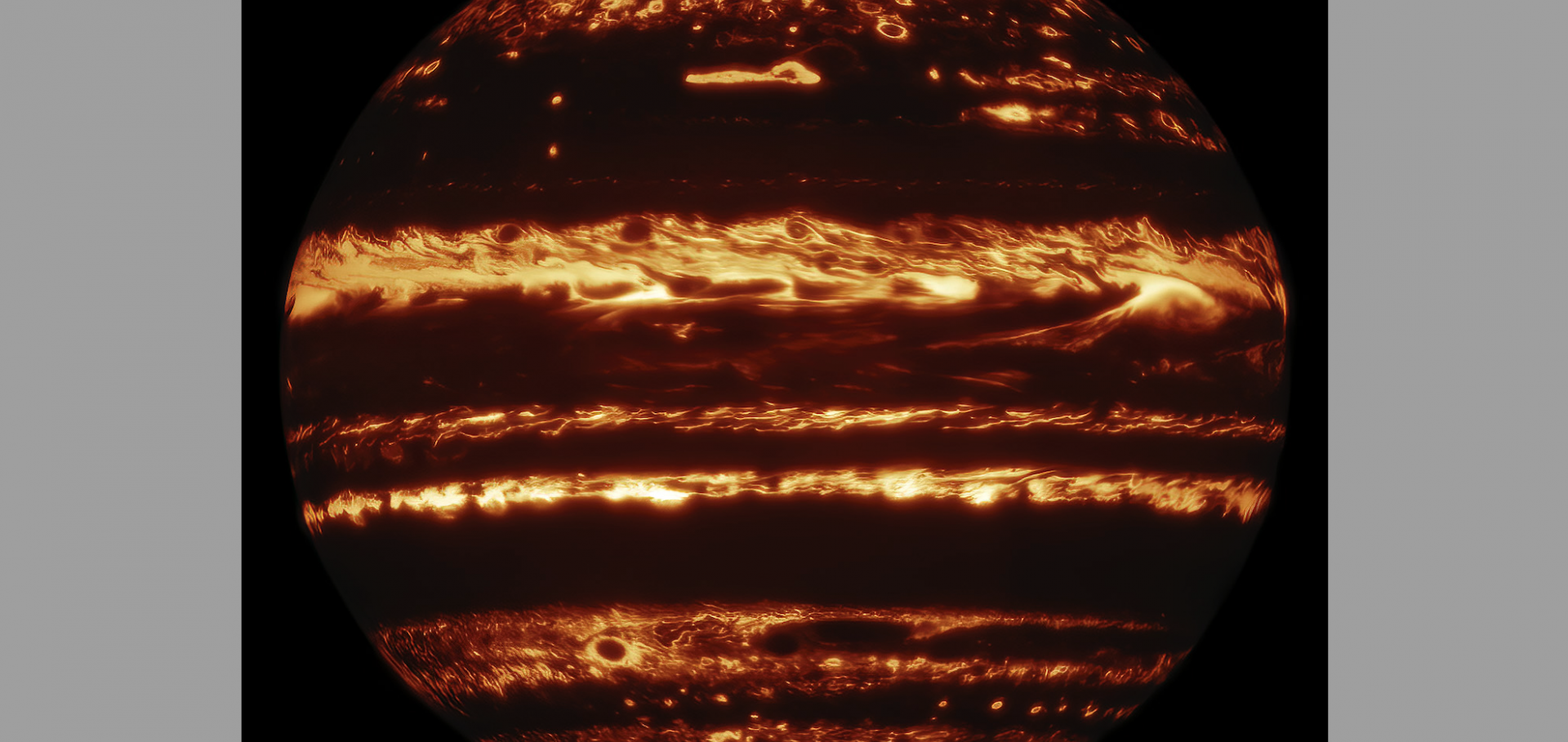Early Release Science of the exoplanet WASP-39b with JWST NIRSpec G395H
Patchy Forsterite Clouds in the Atmospheres of Two Highly Variable Exoplanet Analogs
The Effect of Interior Heat Flux on the Atmospheric Circulation of Hot and Ultra-hot Jupiters
Top-of-the-atmosphere and Vertical Cloud Structure of a Fast-rotating Late T Dwarf
Cloud-convection feedback in brown dwarf atmospheres
Abstract:
Numerous observational evidence has suggested the presence of active meteorology in the atmospheres of brown dwarfs. A near-infrared brightness variability has been observed. Clouds have a major role in shaping the thermal structure and spectral properties of these atmospheres. The mechanism of such variability is still unclear, and neither 1D nor global circulation models can fully study this topic due to resolution. In this study, a convective-resolving model is coupled to gray-band radiative transfer in order to study the coupling between the convective atmosphere and the variability of clouds over a large temperature range with a domain of several hundred kilometers. Six types of clouds are considered, with microphysics including settling. The clouds are radiatively active through the Rosseland mean coefficient. Radiative cloud feedback can drive spontaneous atmospheric variability in both temperature and cloud structure, as modeled for the first time in three dimensions. Silicate clouds have the most effect on the thermal structure with the generation of a secondary convective layer in some cases, depending on the assumed particle size. Iron and aluminum clouds also have a substantial impact on the atmosphere. Thermal spectra were computed, and we find the strongest effect of the clouds is the smoothing of spectral features at optical wavelengths. Compared to observed L and T dwarfs on the color–magnitude diagram, the simulated atmospheres are redder for most of the cases. Simulations with the presence of cloud holes are closer to observations.


